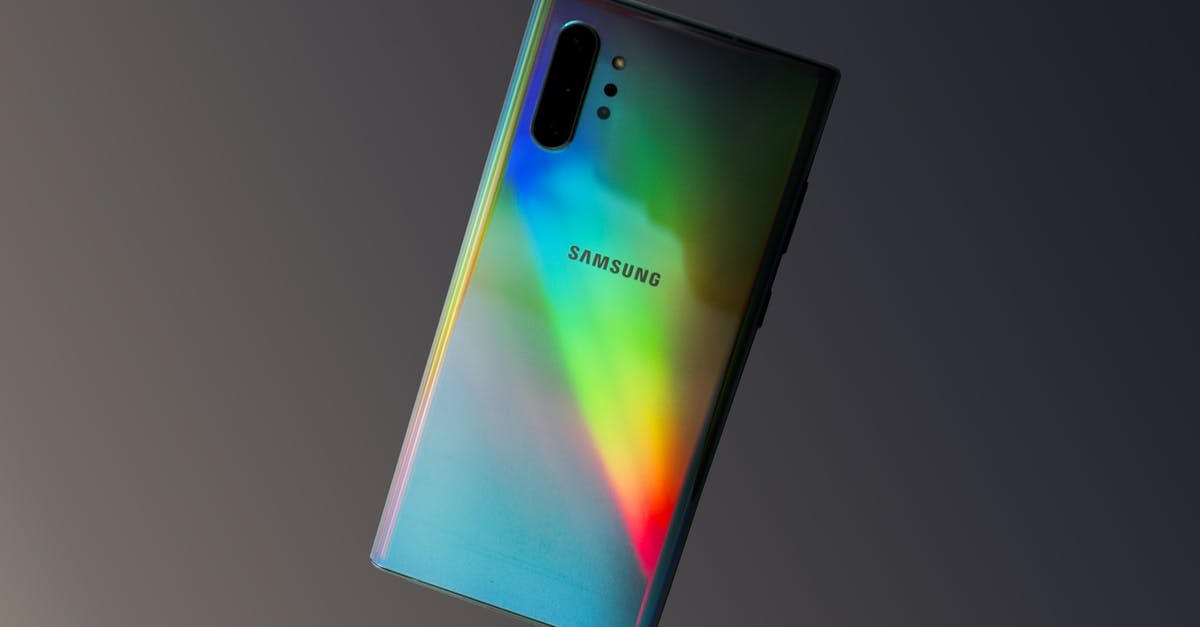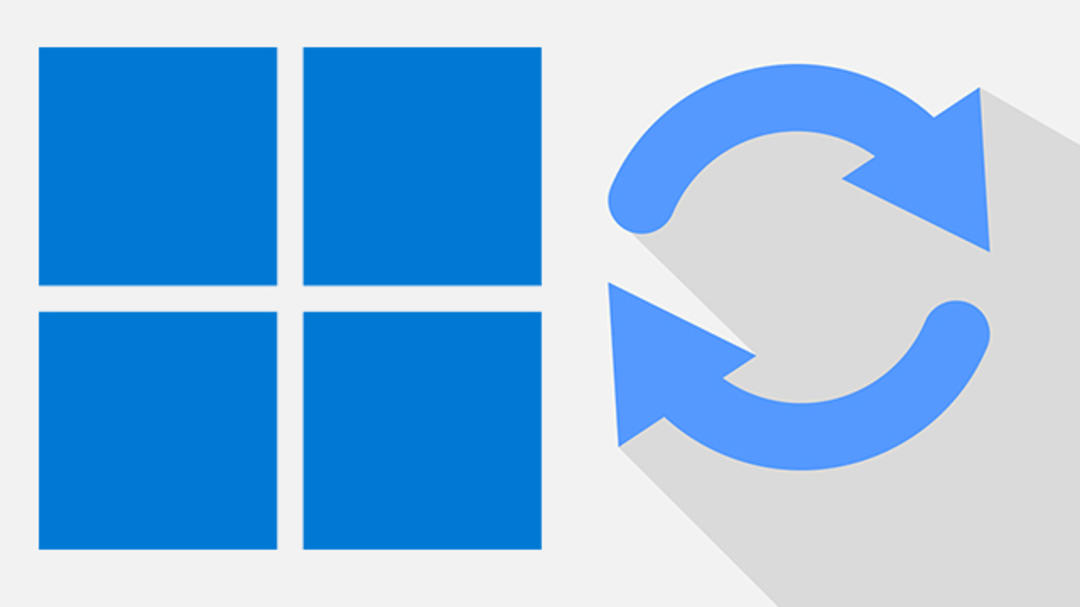Samsung explains new update policy, limits updates in fourth year
Samsung was very successful last month with the introduction of its new update policy. In this policy, room has been created for an ‘extra update year’, so that telephones can now count on new security patches for four years. Samsung does, however, reduce the frequency in the fourth year: fewer updates will be rolled out.
Samsung’s update policy
Just before the end of February, Samsung announced that it had revised its update policy and that its smartphones will now be provided with updates for four years. With the policy change, the South Korean manufacturer wants to “always stay one step ahead of possible dangers”. Before the change, it rolled out security updates for up to three years, with the third year dominated by quarterly updates. For midrange phones, in the old situation, no update policy changes were made between the second and third update year – after all, they were already receiving quarterly updates, and that was maintained. High-end phones are already taking a step back in the third year, from monthly updates to quarterly updates.
Samsung is further reducing the update frequency in the fourth update year, GizmoChina reports. In the fourth year, phones will receive two updates per year – this applies to both midrange and high-end phones and tablets. With this, Samsung clarifies the approach in the fourth year. Previously, Samsung announced that updates would be rolled out ‘regularly’, without linking an exact number. Samsung has now also applied the information within its update dashboard.
Rapid rollout of updates
For Samsung, this revamped update strategy is part of its revised security update policy. Samsung was able to roll out security updates on a regular basis over the past year before Google published the information about the patches, often before Google’s Pixel phones were provided with new security updates. In addition, Samsung showed with the rollout of Android 11 that it has finally said goodbye to its dusty update image.
It is striking that Samsung takes the crown for its update policy and thereby provides its devices with updates for four years. After all, other manufacturers have not been able to extend their update period. However, Google has, in collaboration with Qualcomm, ensured that devices with the Snapdragon 888 chipset can receive security updates for four years. However, for most Samsung devices that receive updates for four years, they are not equipped with the 888. How Samsung still managed to make the longer update period possible is not known.
- Galaxy S / Note: Galaxy S8 Lite, Galaxy Note FE
- Galaxy A: Galaxy A6, Galaxy A6 +, Galaxy A7 (2018), Galaxy A8 + (2018), Galaxy A8 Star, Galaxy A8s, Galaxy A9 (2018)
- Galaxy J: Galaxy J2 Core, Galaxy J3 (2017), Galaxy J3 Top, Galaxy J4, Galaxy J4 +, Galaxy J4 Core, Galaxy J5 (2017), Galaxy J6, Galaxy J6 +, Galaxy J7 (2017), Galaxy J7 Duo, Galaxy J7 Prime2, Galaxy J7 Pop, Galaxy J7 Top, Galaxy J7 Max, Galaxy J7 Neo, Galaxy J7 +, Galaxy J8
- Galaxy M: Galaxy M10, Galaxy M20
- Galaxy Tab: Galaxy Tab A (2017), Galaxy Tab A 10.5 (2018), Galaxy Tab S3, Galaxy Tab S4, Galaxy Tab E 8 Refresh
The above devices currently receive biennial updates and will leave Samsung’s update stable within one year. It is striking that the Galaxy S8 and S8 + are currently still in the quarterly category, while the phone has now entered its fourth year of life. Are there any devices in the list above that you own? Let us know in the comments at the bottom of the article.



